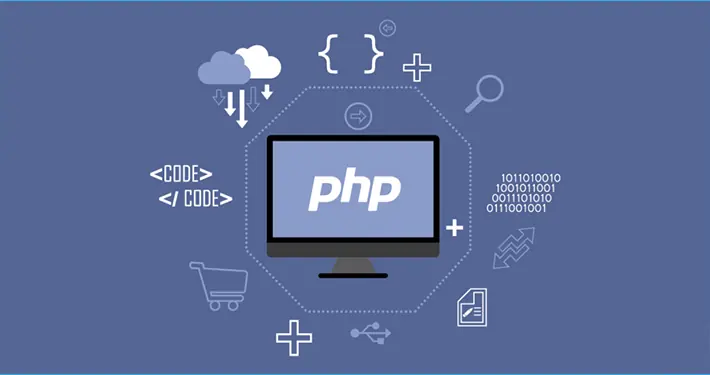Worksuite 5.4.03 – HR, CRM and Project Management
Worksuite aspires to be your one-stop business solution to handle and automate as business tasks and save your time so that you give more time to core business decisions.

Worksuite 5.4.03 – HR, CRM and Project Management Features
- Manage customers and leads. Track client projects, invoices, proposals/estimates.
- Add your company’s employees, track their attendance and manage their leaves.
- Create contracts with clients with e-signatures.
- Create projects, add project members and track the project progress, expenses, earnings, timelogs, tasks, milestones.
- Kanban taskboard to visualise work and tasks.
- Project gantt chart to plan the project schedule.
- Convert the invoices to credit notes which can be redeemed.
- Create products which can be used in invoices and can be purchased by clients.
- Tickets can be raised by employees and clients which are assigned to ticket agents to get it resolved.
- Messages section for internal chats
- Slack, pusher and one signal integration for real time notifications
- Theme settings to style the app to reflect your brand
- Receive payments via PayPal, Stripe and Razorpay gateways
- Create custom roles with custom permissions for employees.
- Various reports for tasks, timelogs, finance, attendance, leaves
- Tons of other configurable options
What Is PHP
Hypertext Preprocessor (PHP) is an open-source, free server-side scripting language widely used in web development. According to Web Technology Surveys, PHP is used by 78.1% of all websites, including high-traffic websites like Facebook and Wikipedia.
Anyone can benefit from learning about PHP, but it is even more essential for those interested in web programming. PHP is available on all major operating systems, such as Linux, Microsoft Windows, and macOS. Most web servers, including Apache and IIS, also support PHP.
One of the main benefits of using PHP is advancing the customization of a WordPress site. Other features include great online support and documentation, so even beginners can learn PHP quickly.
This article will go over the basics of PHP. By the end of it, you will understand the full benefits of PHP and how to utilize it in WordPress.

PHP is a scripting language, which is one of many programming languages. Note that all scripting languages are programming languages, but not all programming languages are scripting languages.
A programming language is a formal computer language that combines instructions to generate a specific output. A programming language has all the necessary features to develop web applications. Each language also has distinct features and provides different functions.
A scripting language incorporates additional functionalities for a specific action or function. It interprets scripts embedded into other software environments at runtime and is more straightforward with its code.
The primary difference between a programming and a scripting language is the execution. Programming languages run independently to convert into a computer language that a machine can read and execute. Scripting languages run inside another program and use an interpreter.
What Is Server-Side Scripting?
A script is a series of instructions to be executed on other programs or applications. There are two types of scripting languages – ones intended for the server-side or the back-end and ones for the client-side or front-end.
PHP is a server-side scripting language, which means that a server executes the instructions in a script. Then, the server provides data on request, channels the requests, and organizes the information in a database.
When a web server receives a script, it will process the request and send output to a web browser in an HTML format. A web server database stores the information so other users can’t access the data and source code.
With scripts, users can perform operations like customizing a site, making dynamic changes to website content, and accessing a database. Users also often use a scripting language to develop web applications.
Python, Ruby, ColdFusion, Java, and C++ are other examples of server-side scripting languages.
Client-side scripting languages use web browsers to run scripts. The front-end is the external end of a site seen by visitors. Any user can see the client-side scripts of a site just by hitting CTRL + U on Windows or Option + CMD + U on macOS.
As PHP is executed on the server, it is possible to use PHP with HTML. So, PHP will be the source code, but other users will only see the HTML code.

